Museum of British Rural Life
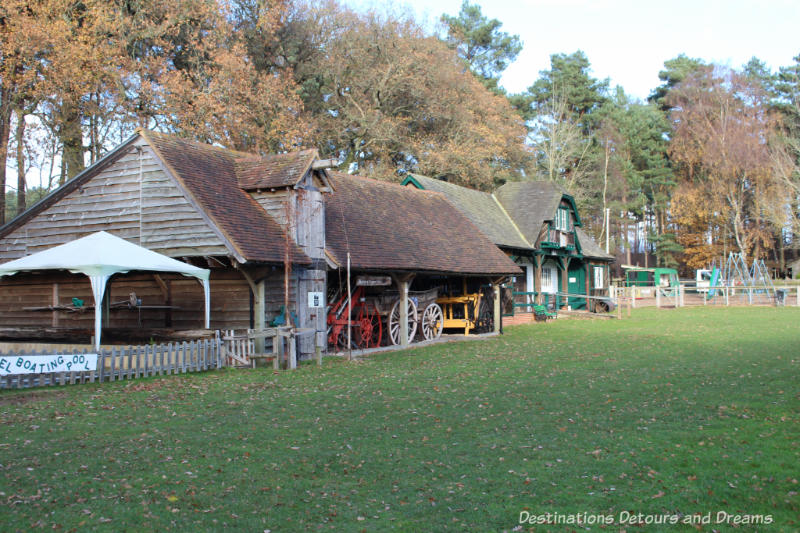
The Rural Life Centre in Tilford, Surrey has the
largest countryside historical collection in England’s South
The village of Tilford in south west Surrey, England is known for cricket matches on the village green and the more than 800-year-old Tilford Oak tree beside the green. It is also home to a museum celebrating over 150 years of village life, farming, and the rural industry. The Rural Life Centre sits on ten acres and contains over 30 buildings and 40,000 artifacts. The buildings include many “rescued” buildings, which were moved to the grounds and restored for museum use.
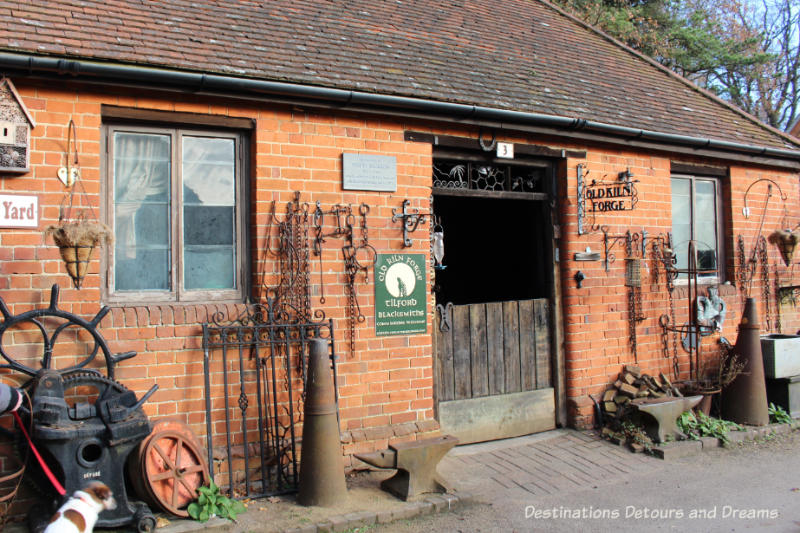
Madge and Henry Jackson started the museum when they realized valued country objects were becoming outdated and were being discarded. They built a collection of artifacts and opened the Old Kiln Museum in 1974. It was open only on Sundays. Henry’s Yard, now just one portion of the Centre, is the site of the original museum. It consists of a Wealdon iron furnace, a blacksmith’s forge, a brewing exhibition, and domestic interiors from the Victorian age and the 1930s.
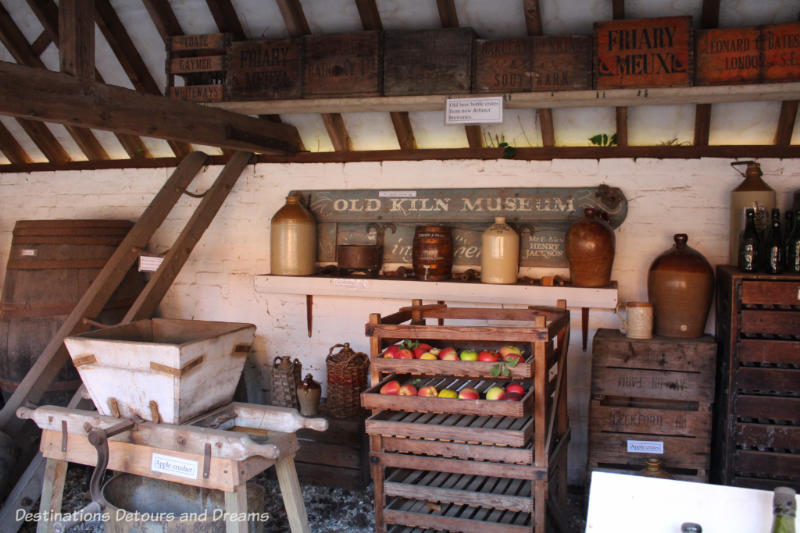
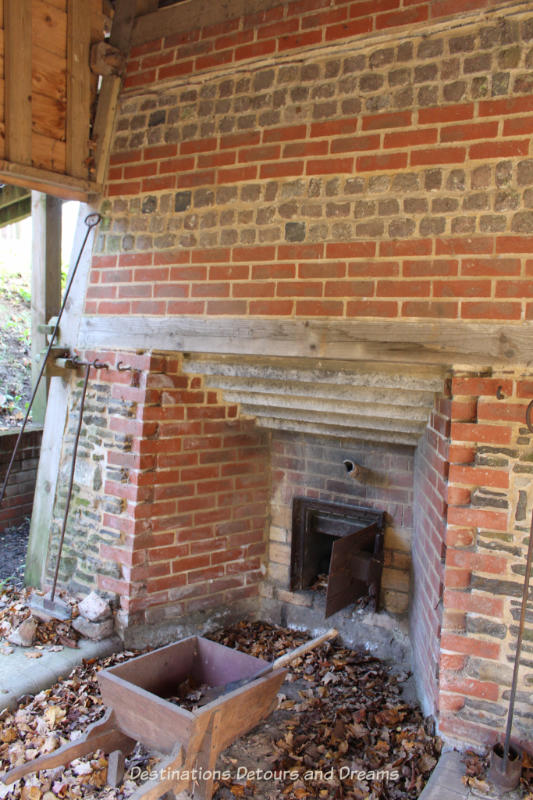
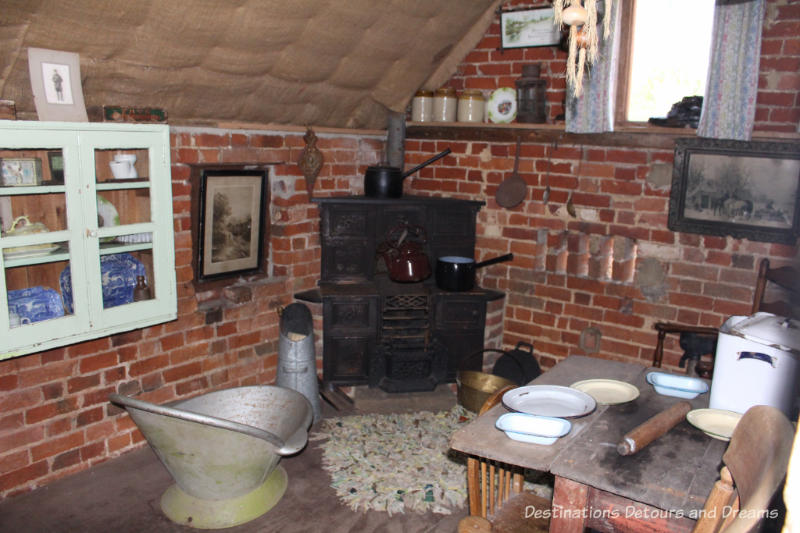
Over the years the collection and museum grew. In 1984, Henry Jackson created the Kiln Museum Trust. When he died in 2004, he left the collection and the property to the Trust, which now runs the Centre.
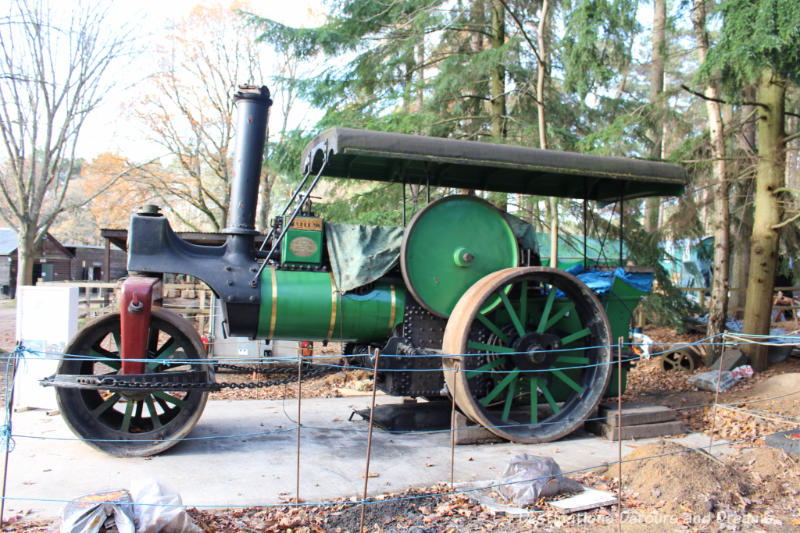
The collection includes a variety of machinery and tools used over the years in farming and other rural industries, including wood crafts, hops harvesting and brewing.
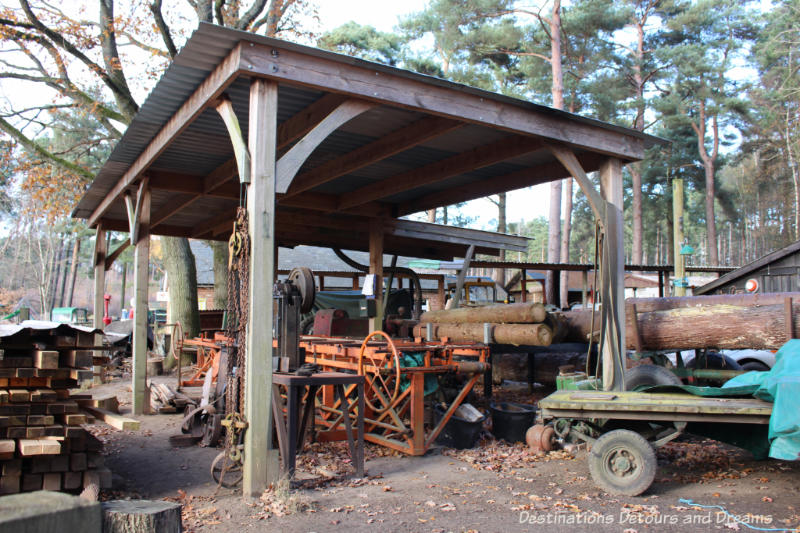
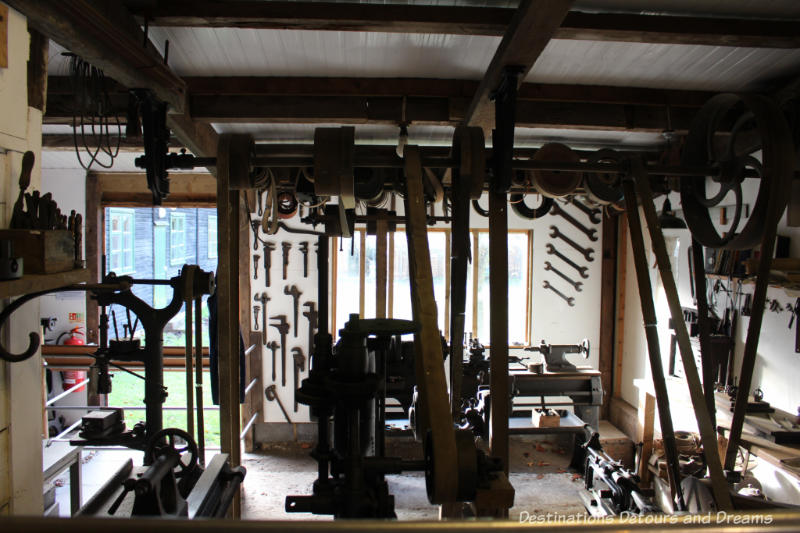
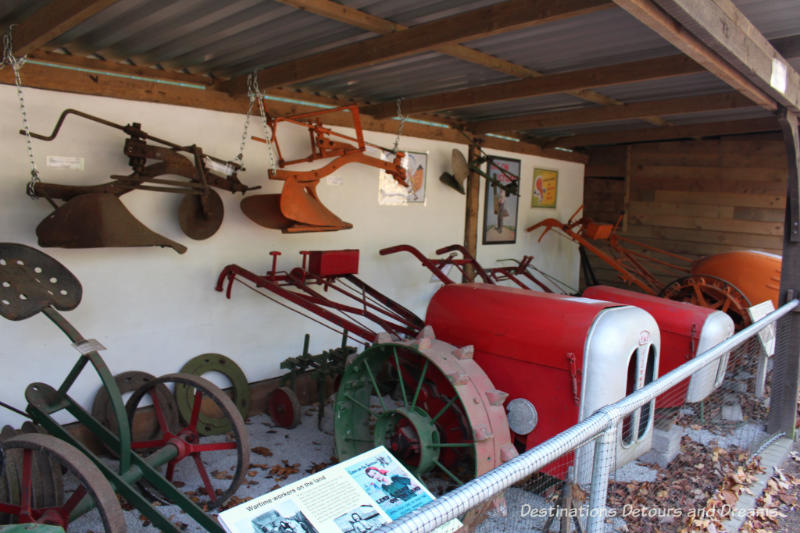
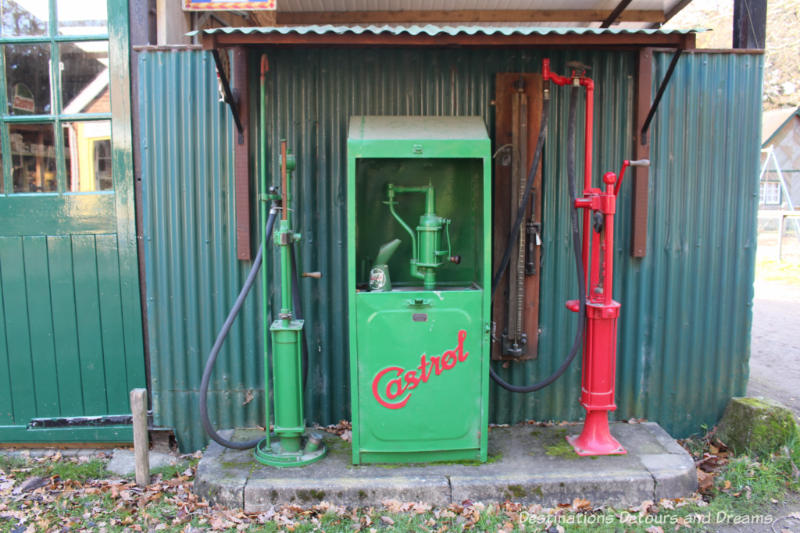
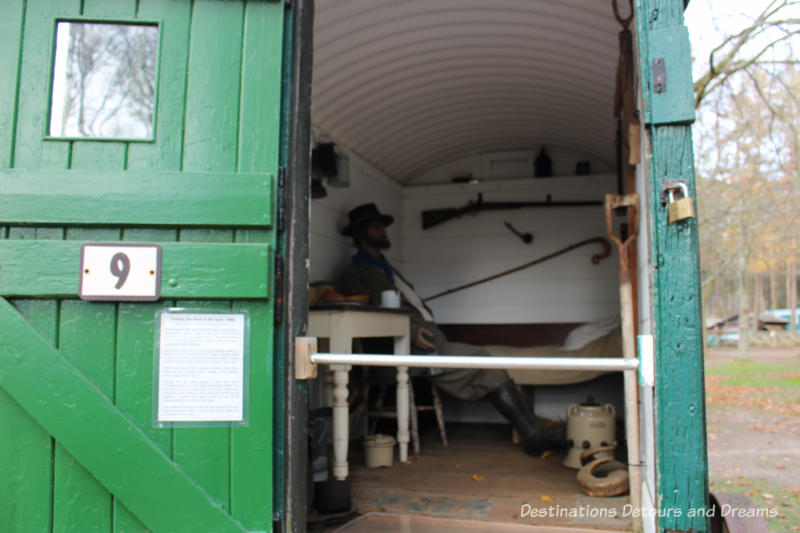
Domestic life is also well-represented at the museum. Homes, a school, a village hall and a church are all part of the collection of buildings. The Tilford Building displays a number of store fronts, including a cobbler’s shop, a photographer studio, a gardening store, a veterinarian, a bakery, and a wheelwright.
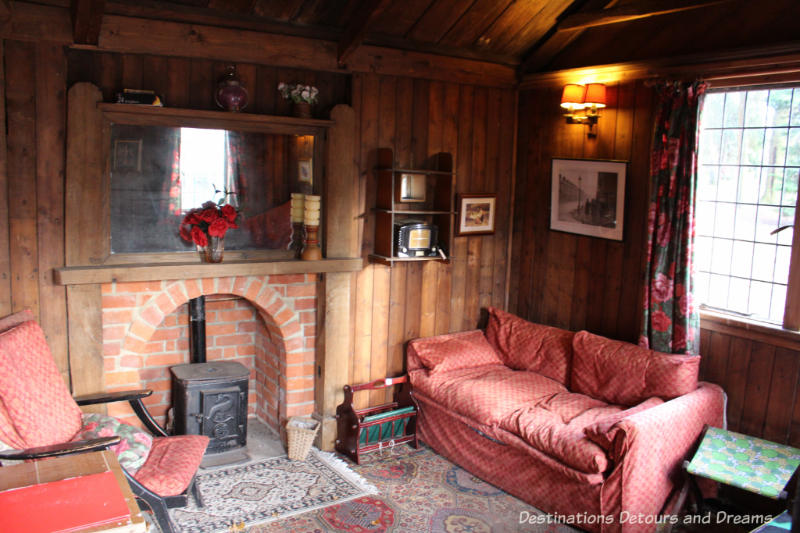
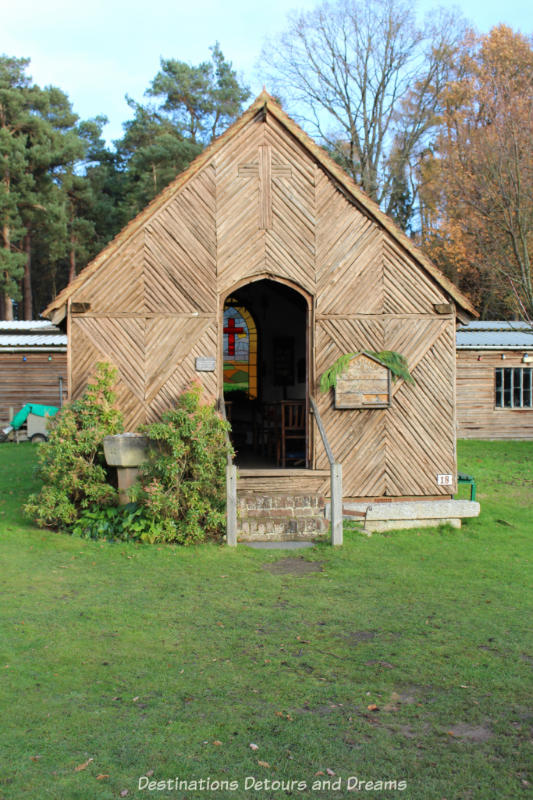
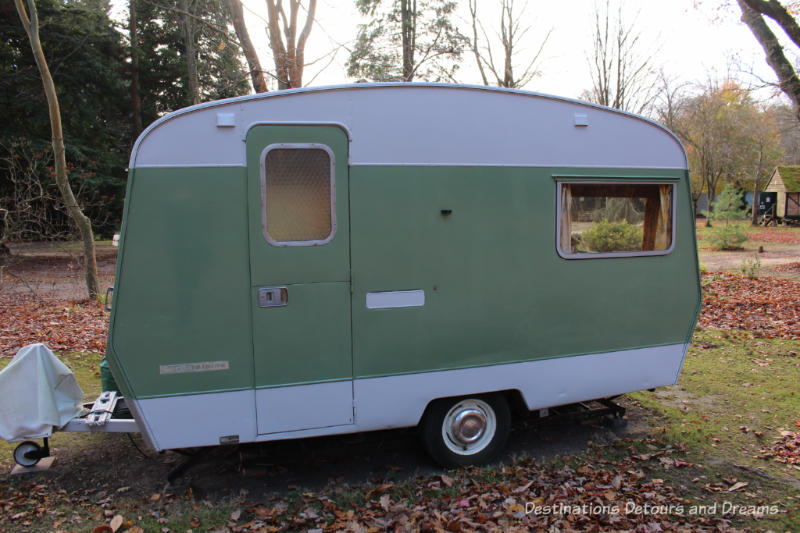
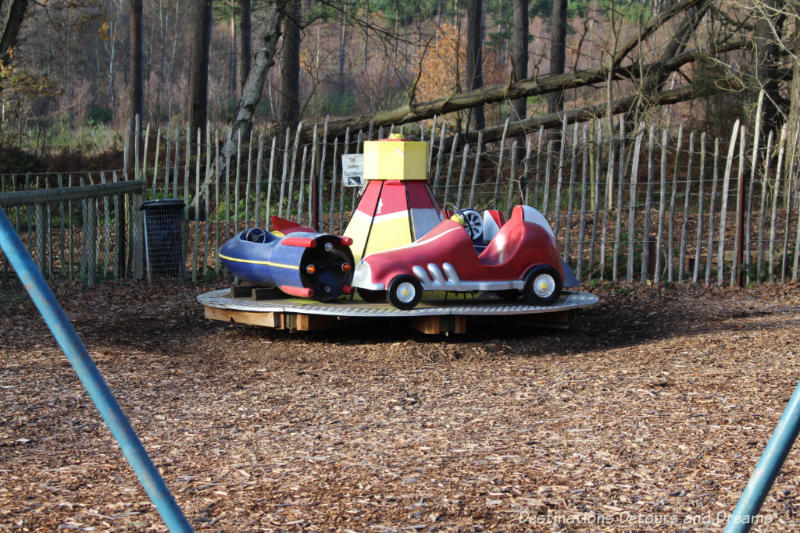
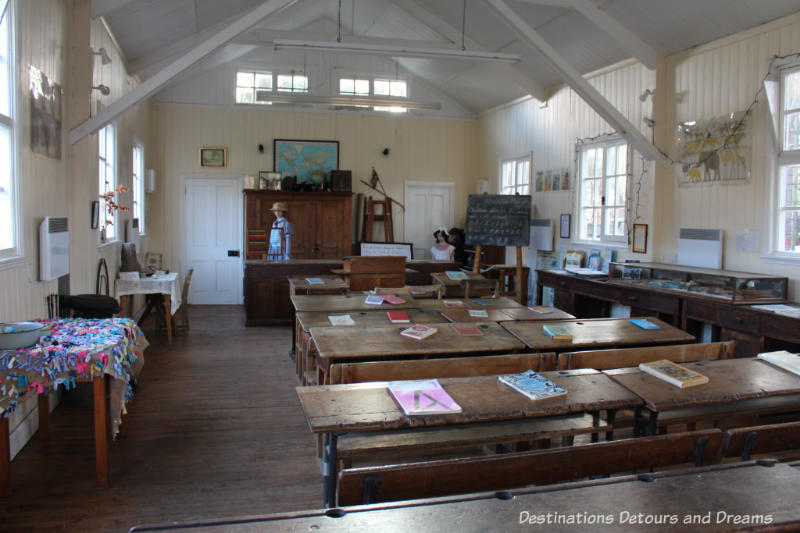
The school room reminded me of one-room schools I’d seen in museums in Canada. The school room at the Rural Life Centre is made of wood and tin. The old Canadian one-room schools were primarily wood. Many of the other domestic and tool displays seemed similar to displays I might find in museums in Canada. There were similarities in the lives of people on either side of the ocean.
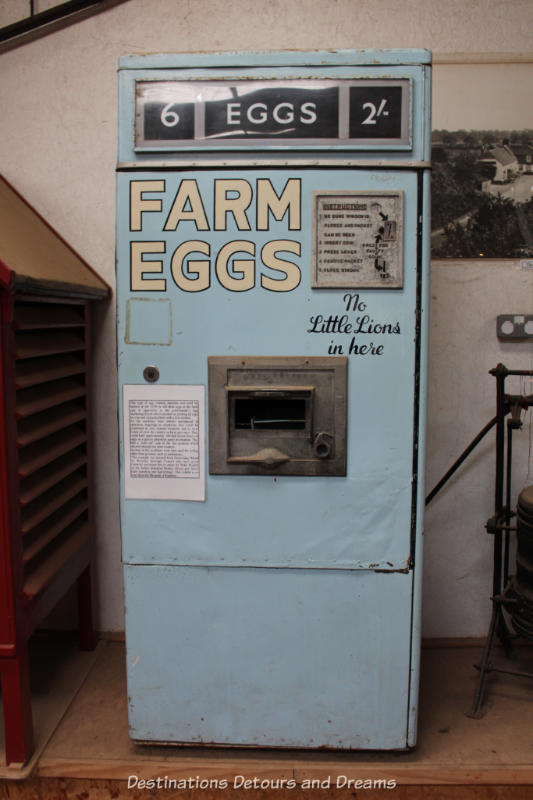
There were also things I’d be unlikely to find in a Canadian museum, like the egg vending machine in the photo above. It was used by farmers in the 1950s to sell their eggs at the farm gate in opposition to the government’s Egg Marketing Board which insisted on grading all eggs for size and stamping them with a lion symbol. The machines were completely mechanical and required no electricity. They could be placed in isolated locations.
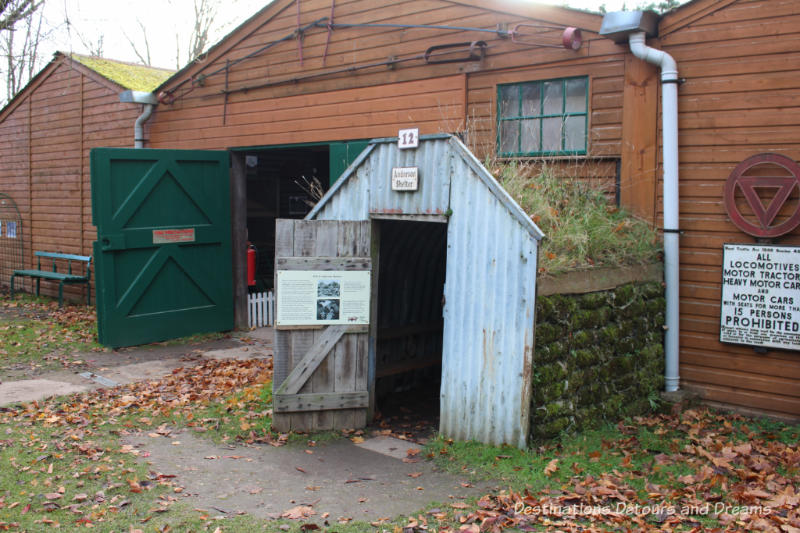
Anderson Shelters were built during World War II from kits. They were to be built as far away from the house as possible. The steel panels were bolted together. The shelter was half buried and the top covered with earth. By September 1939, more than one and a half million Andersons had been issued. Families earning less than £5 per week received their shelter for free. The shelters were effective against blast and shrapnel, but uncomfortable and prone to flooding. They also did not mask the noise of the air raids.
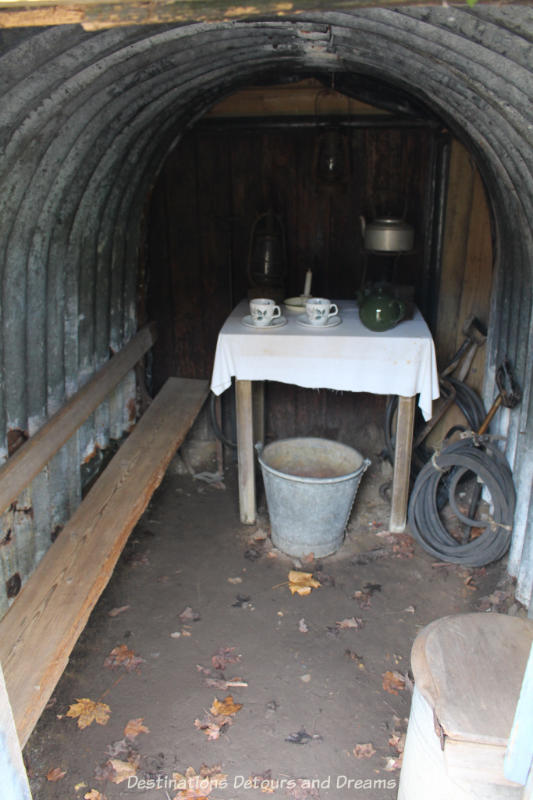
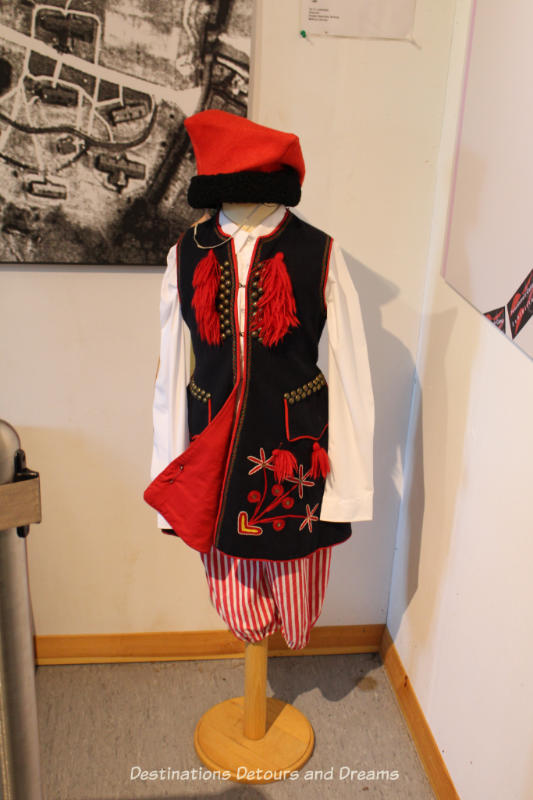
The Centre also contains a Polish Camp with an exhibition on the Polish community that lived in the ex-military camp at Thursley from 1947 to the 1960s. Tweedsmuir Camp was located near Tilford and was built as a depot by Royal Canadian Engineers. Many thousands of Canadian troops may have passed through on their way to battles in Europe. After the war the camp was used as temporary accommodation for personnel of the Polish Resettlement Corps. The Polish Resettlement Act of 1947 offered British citizenship to displaced Polish troops on British soil who had fought against the Nazis and did not want to return to Soviet-occupied Poland.
There are several other buildings I have neither showcased nor mentioned. There is also a light railway which operates in the main season. It can take anywhere from forty-five minutes to two hours to tour the Centre depending on how closely you examine each exhibit. If you are fascinated with old tools and machinery, you may want to linger longer. Dogs on leads are allowed. The Centre has free parking, disabled access, a café, and picnic areas. The Centre is open Wednesday to Sunday during the summer and Wednesday and Sunday during the winter. Check the Rural Life Centre site for exact times and for special scheduled events.
Never miss a story. Sign up for Destinations Detours and Dreams monthly e-newsletter and receive behind-the-scenes information and sneak peaks ahead.
PIN IT

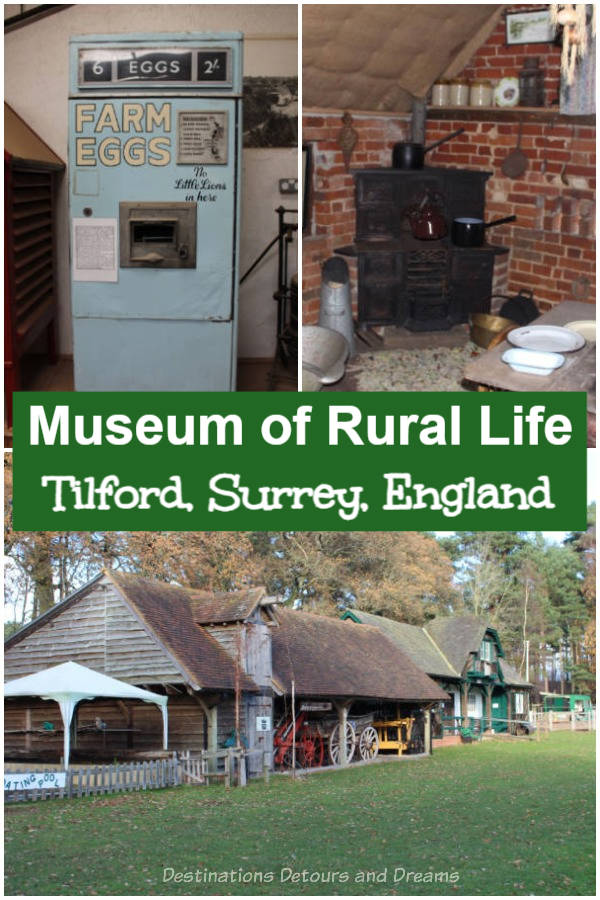
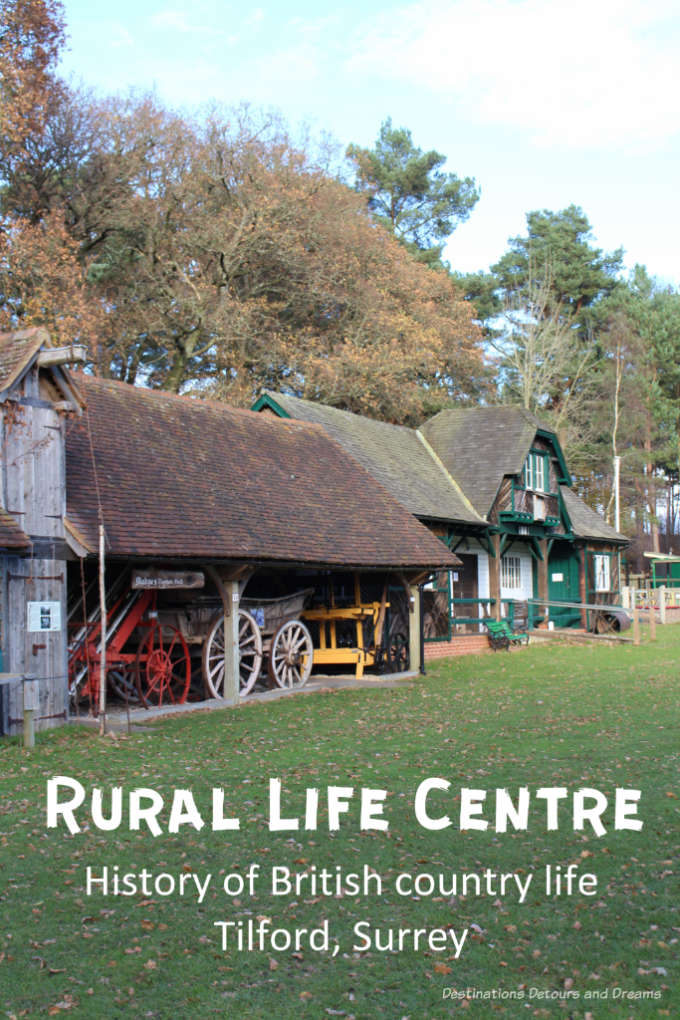
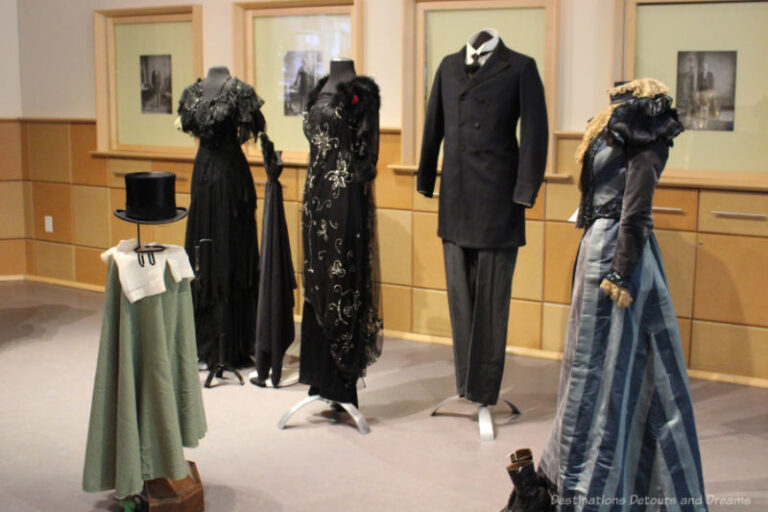
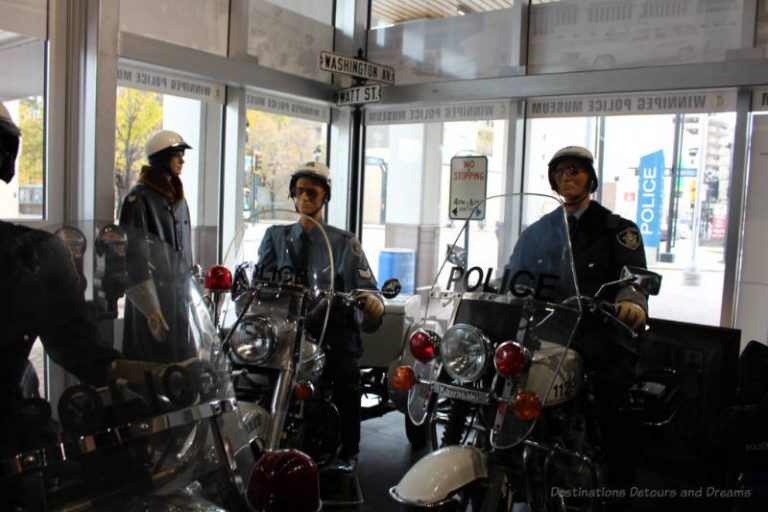
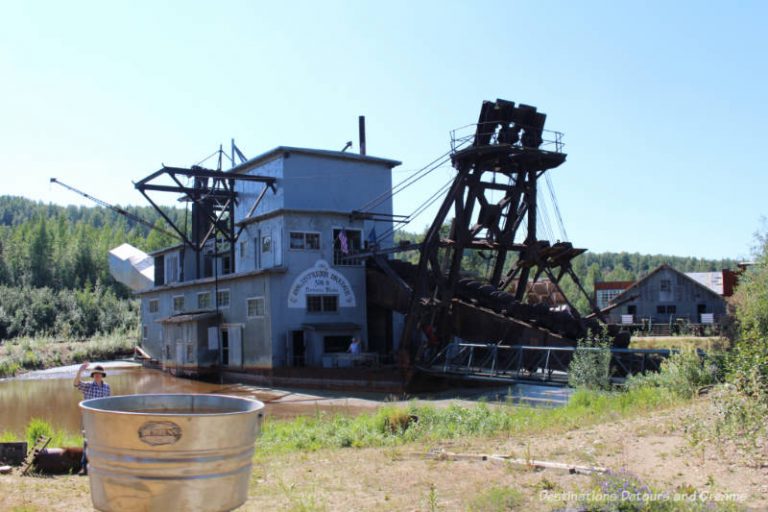
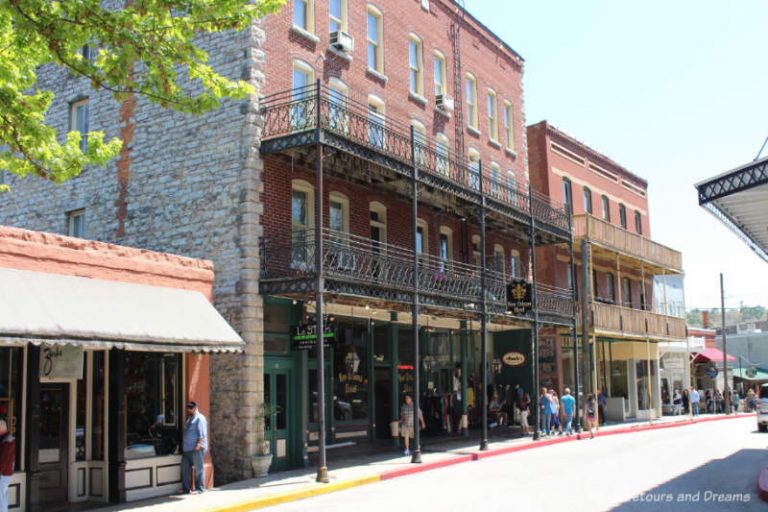
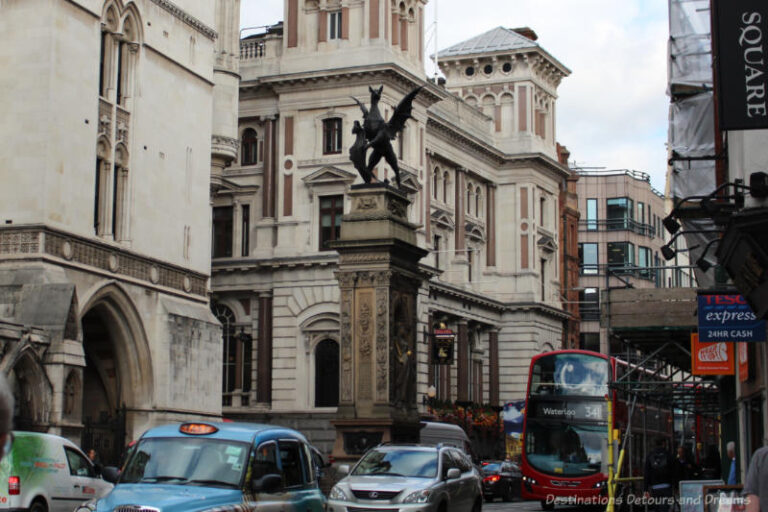
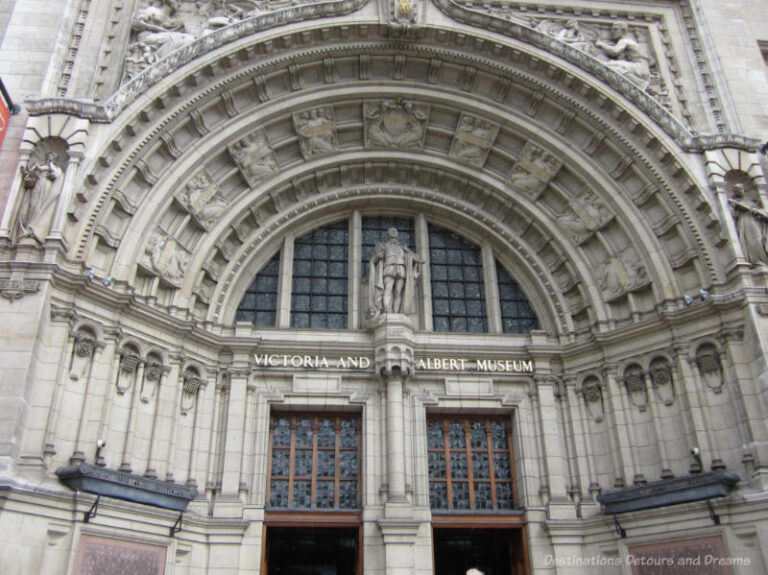
When you look at those old tools and the machinery it makes you realize just how hard it must have been to be a farmer and how strenuous the work. Guess it still is today.
Ken, I don’t think farming has ever been easy.
The museum of British life sounds fantastic. I’ve only had a few opportunities to visit such places, but love how such setups truly take a visitor back in time.
Jeri, I find it interesting when museums are set-up like this with a collection of buildings.It does make one feel like a step back in time.
What a great little museum, I love visiting these type of places they really show how diverse culture was across countries..
Michele, It was a great museum to find in a little village.
Love this collection of rural memorabilia. Having spent many summers on my grandfather’s farm, some of the tools popped out at me immediately. We especially found the Anderson air raid kits interesting. Such an unusual thought for us here in the states, but can truly see the conditions people were forced to endure. Thanks for sharing.
Jeff & Crystal, my father and grandfather were farmers so I recognized a number of tools too. As a Canadian, I also found the air raid kits interesting.
This is so cool. We just visited a museum like this in Bucharest. I loved seeing how people lived in the past and thanking God it is a bit better now :-). I visited Surrey many years ago, might be time for another visit.
kemkem, the museum was interesting but like you I am glad some of these things are in the past.
What an interesting museum! That chapel looks like a dollhouse and it’s great to hear that the 800-year-old Tilford Oak tree has also been preserved. Truly a mighty oak I imagine
Michele, the outside of chapel was fascinating.
This is the kind of museum where I like to wander around for hours–so much to learn about how the rural British folks lived. I adore the egg vending machine!
RoseMary, the egg vending machine amused me too.
Always enjoy visiting and reading about historical locations and museums. The Rural Life Centre looks amazing. Thanks for sharing the lovely photos and a bit of history! 🙂
Robert, I’m glad you enjoyed the article. It is an interesting museum.
I so appreciate the men and women who save these historic buildings and artifacts so that we can get an idea of what life was like decades ago. The Museum of British Rural Life is one I would enjoy visiting!
Marilyn, it is great there are people who are so dedicated to preserving history in this way.
I found it interesting that the Rural Life Center had exhibits about Polish life along with British history.
Rose, the story of the Polish settlement was an interesting surprise at the museum.